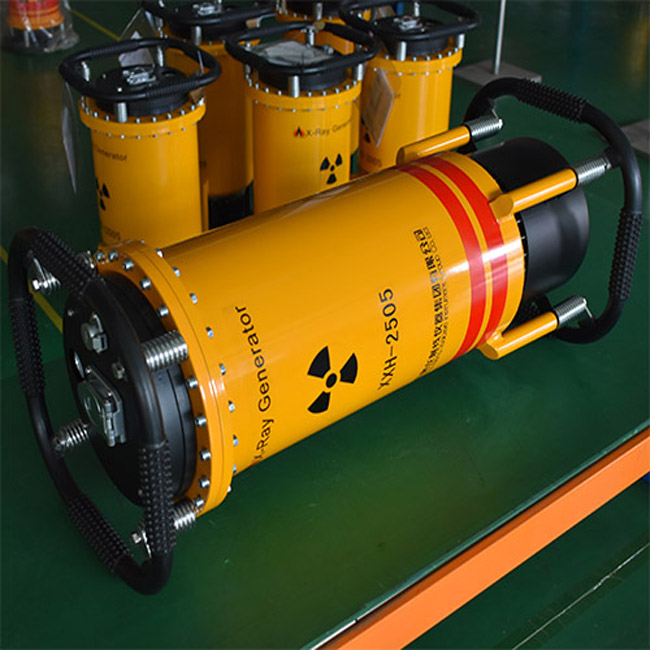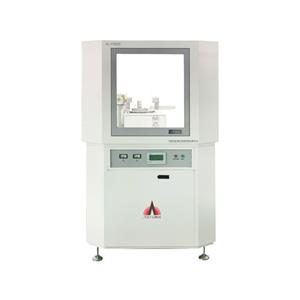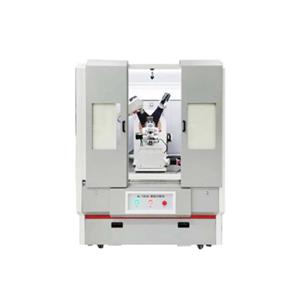Physical properties of X-rays
Penetration effect. X-rays, due to their wave length and high energy, when illuminated on matter, only a portion of them are absorbed by the material, and most of them pass through atomic gaps, exhibiting strong penetrating power. The ability of X-rays to penetrate matter is related to the energy of X-ray photons. The shorter the wavelength of X-rays, the greater the energy of photons, and the stronger the penetration force. The penetration of X-rays is also related to the density of substances, and using differential absorption can distinguish substances with different densities.

http://www.aolongxray.com/products
2. Ionization. When a substance is irradiated by X-rays, it can make the extranuclear electrons leave the atomic orbital and ionize. The amount of ionizing charge can be used to determine the exposure of X-rays, and an X-ray measuring instrument has been developed based on this principle. Under ionization, gases can conduct electricity; Certain substances can undergo chemical reactions; Various biological effects can be induced in organic organisms.

http://www.aolongxray.com/product-list/industrial-ct
3. Fluorescence effect. The X-ray wavelength is very short and invisible, but when it irradiates some compounds, such as phosphorus, platinum barium cyanide, zinc cadmium sulfide, Calcium tungstate, etc., it can make the substance fluorescence (visible light or ultraviolet light), and the intensity of fluorescence is proportional to the amount of X-ray. This function is the basis for the application of X-rays in fluoroscopy. By utilizing this fluorescence effect, a fluorescent screen can be made, which can be used to observe the image of X-rays passing through human tissues during fluoroscopy. It can also be made into an intensifying screen, which can be used to enhance the sensitivity of the film during photography.

http://www.aolongxray.com/product-list/portable-dr
4. Thermal action. Most of the X-ray energy absorbed by substances is converted into thermal energy, causing the temperature of the object to rise.
5. Interference, diffraction, reflection, and refraction. These effects have been applied in X-ray microscopy, wavelength measurement, and material structure analysis.

http://www.aolongxray.com/




